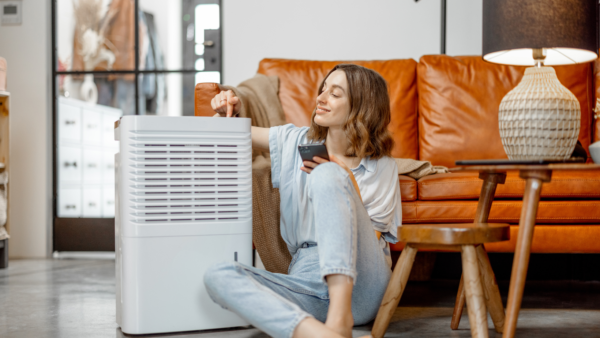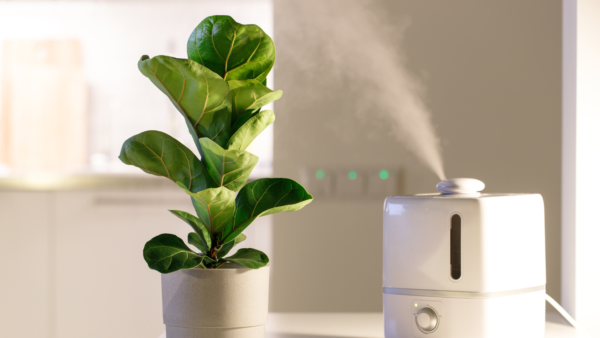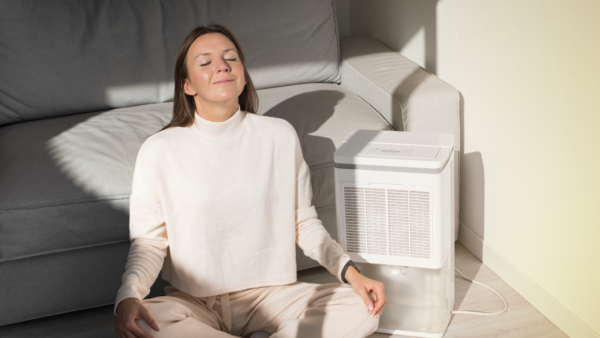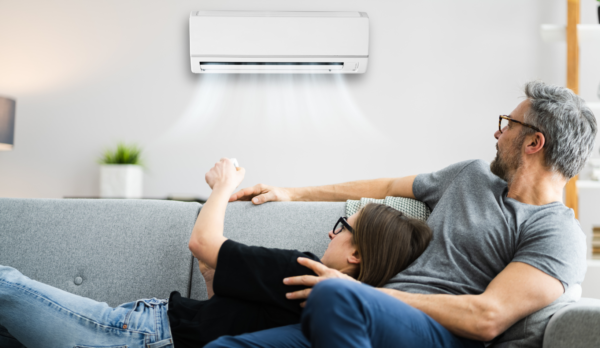To choose humidifier, reikėtų atsižvelgti į keletą faktorių. Šiame trumpame straipsnyje pasidalinsime keletu patarimu, į ką turėtumėte atsižvelgti prieš pasirenkant labiausiai tinkamą.
Table of contents
By purpose and capacity size
If daily is required humidifier for home or office, you should choose the quietest and most compact model possible, since such a device will most likely be in the bedroom, children's room or living room, where you spend the most time;
Capacity refers to how much water the trough holds, while efficiency refers to how much water the device can evaporate per hour. This is especially important if you want to irrigate larger areas or if you don't want to refill the trough frequently;
Type and cleaning
By category, they are mainly divided into steam (cold/hot), ultrasonic and diffuserEach type has its own customizable functionalities, which we will describe in more detail shortly;
Before purchasing this device, be sure to check whether it is easy to maintain, as some models have removable tanks that are easy to clean, while others require cleaning with special chemicals, so you must choose the most optimal maintenance option based on the nature of use;
Additional functionality
Some humidifiers have air purification technology, automatic shutdown, timer, etc. functions that may be useful for frequent use;
Because not all devices are suitable for all rooms. For example, large rooms will need a larger one, while small rooms may need a small steam or ultrasonic device.
Indoor humidity level
If the air in the room is very dry, you should choose a device that can generate more humidity in a short time, but you should monitor the relative humidity level in the room, as excessive humidity can cause mold to form.
It is also recommended to consider air quality and make sure that the humidifier you choose also has an air purification system. This is especially important for those who need clean and healthy air, such as people with allergies, young children, and seniors.
Taigi, norint išsirinkti geriausią oro drėkintuvą, svarbu įvertinti tiek patalpų dydį ir drėgmės lygį, tiek individualius poreikius bei pageidaujamas funkcijas.
The most common types of humidifiers
- Ultrasonic humidifier – uses ultrasonic vibrations to break water into tiny droplets and release air as steam. This type of device is one of the quietest and most economical, so it is used not only at home, but also in offices, medical institutions, libraries, etc. premises. They can release a larger amount of steam into the environment, creating the necessary humidity level, but, like other humidifiers, bacteria and other microorganisms can accumulate, so some models require more careful maintenance than others;
- Cold mist humidifier – these are high-performance, efficient humidification devices that do not produce visible steam. Cold steam is quickly released and penetrates the air, and also has extremely low electricity consumption. It is important to pay attention to the filters, some filters can be replaced, some are washable, and some cold air devices work with the help of discs, which are also important to clean to prevent limescale and other dirt from accumulating.
- Hot steam humidifier – the basic principle of a hot steam humidifier is to heat water to boiling point and release steam into the air. At high temperatures, bacteria and other microorganisms are destroyed, and the steam is released for purification. It can generate extremely high amounts of air humidity, so it is often used in places such as hospital wards, dry industrial premises, rooms where wood is processed, etc. It is important to carefully monitor and regulate the humidity level to avoid condensation problems in the home or work environment.
- Humidifier with air purification technology – which draws in dry and polluted air, which is filtered through activated carbon filters and discs, and can also use UV-C or ionization technologies to purify the air, which helps reduce the risk of allergies and respiratory diseases, and also prevents the spread of microbes in the humidifier.
- Diffusers – these are similar devices to humidifiers, but they work slightly differently, they use simplified filters to allow air into the environment, diffusers are smaller, they are easier to transport from one place to another, but they are designed to maintain humidity levels in very small areas, and they can also be used as an aromatherapy tool, diffusing essential oils along with moisture.
It is extremely important that you choose the right technology and use it according to the recommendations, especially during the cold season, as excess moisture can cause the appearance of mold. The optimal relative humidity should be around 50-55%. Humidity above this limit creates suitable conditions for pathogens, so stick to the golden mean unless advised otherwise by a health professional. We are always happy to help with products and your individual situation, so if you have any questions, We invite you to contact us and we will answer all your questions..






